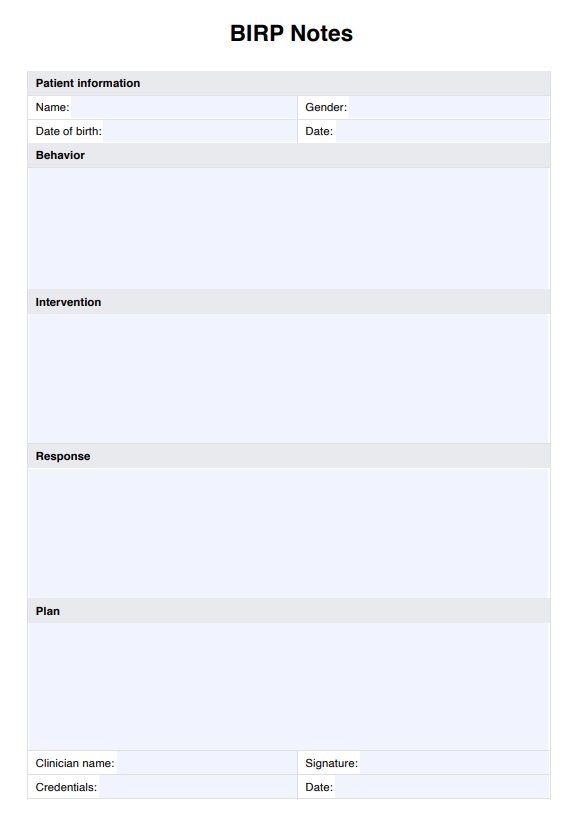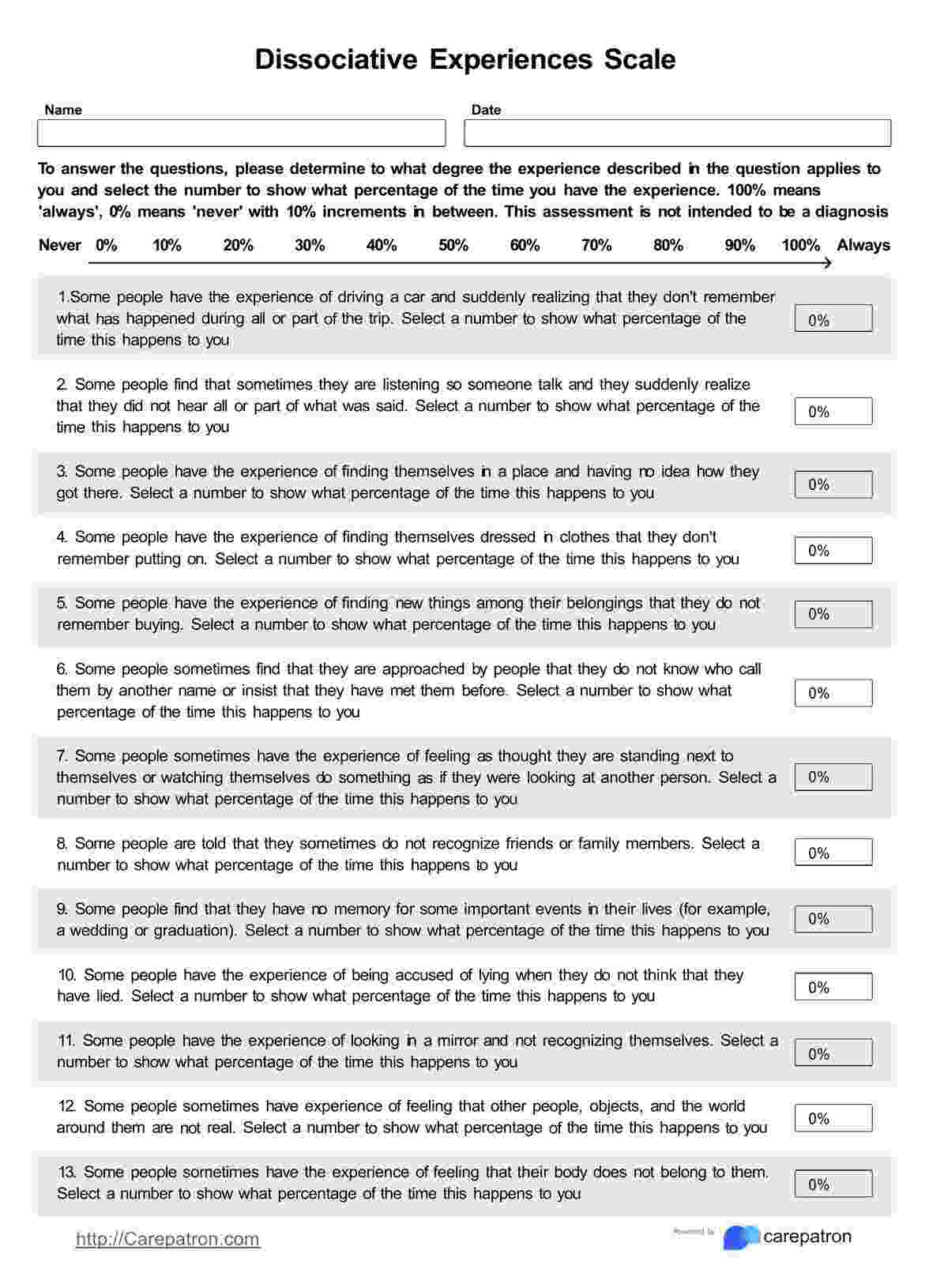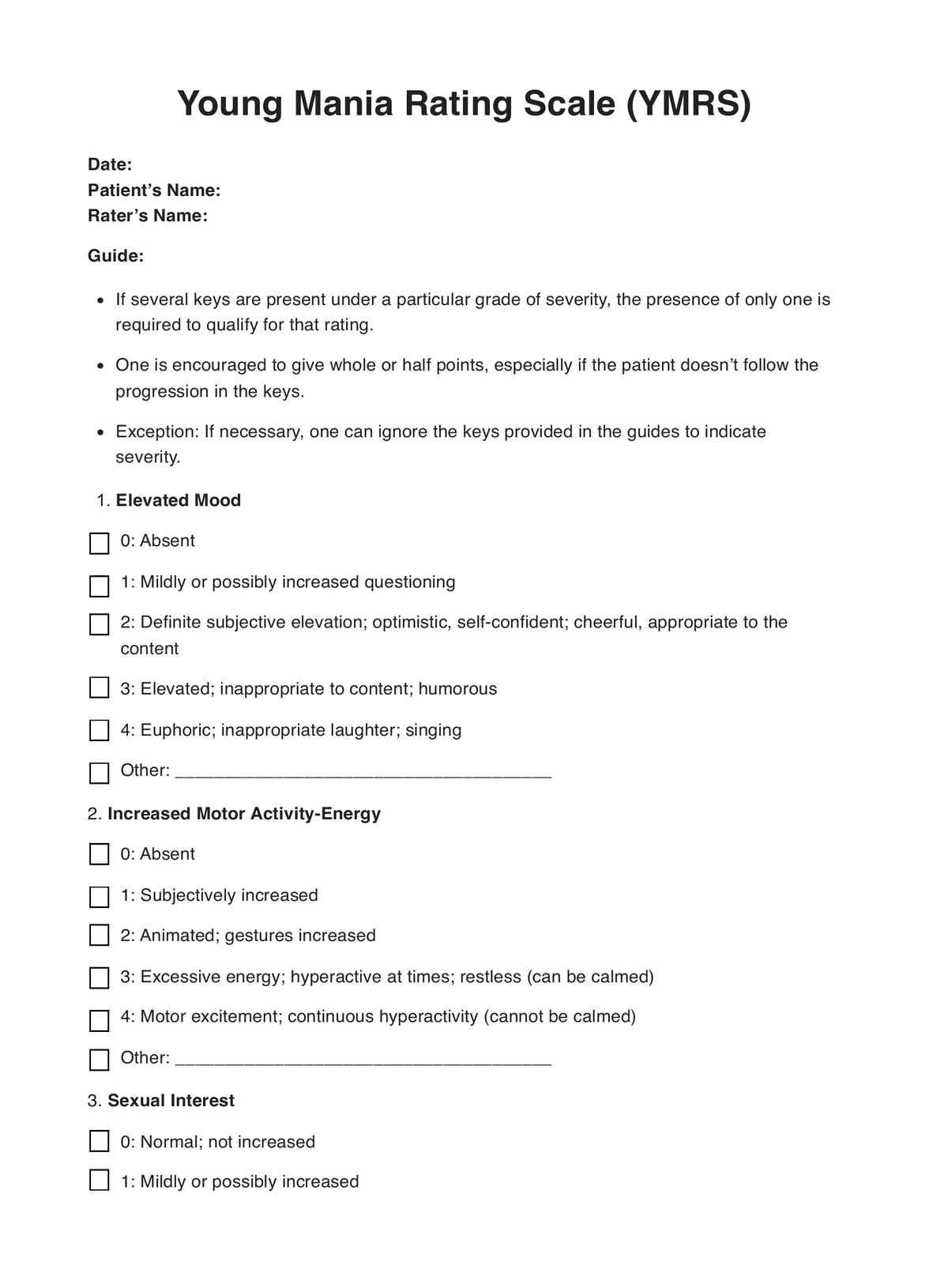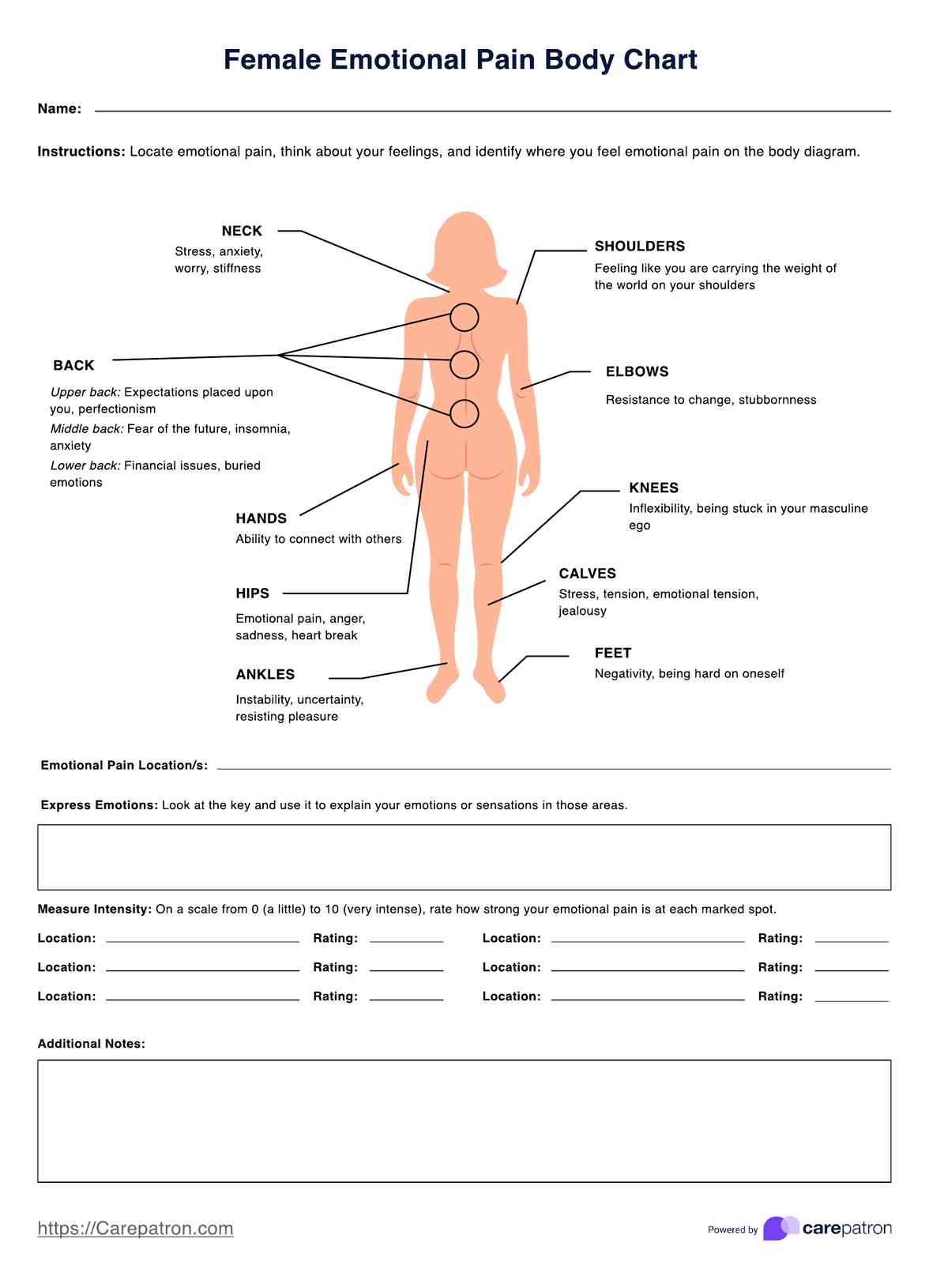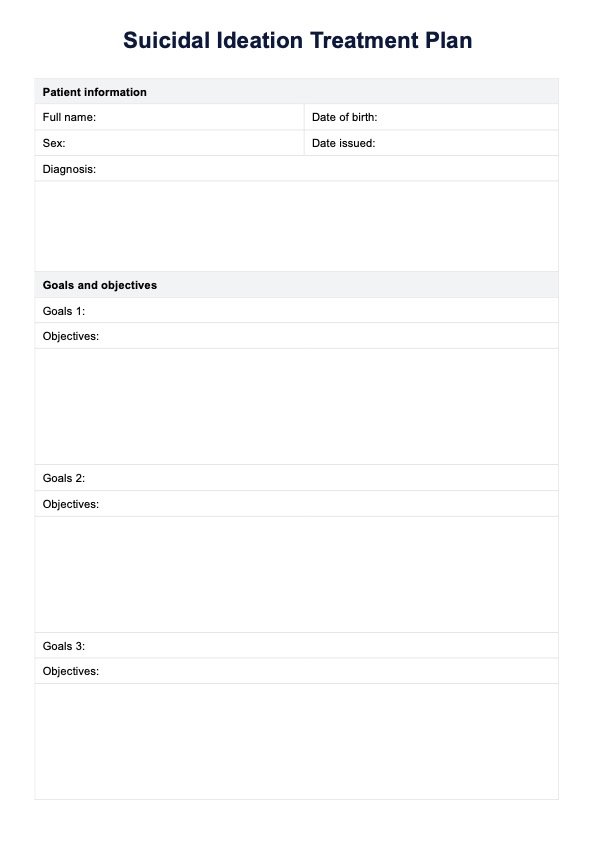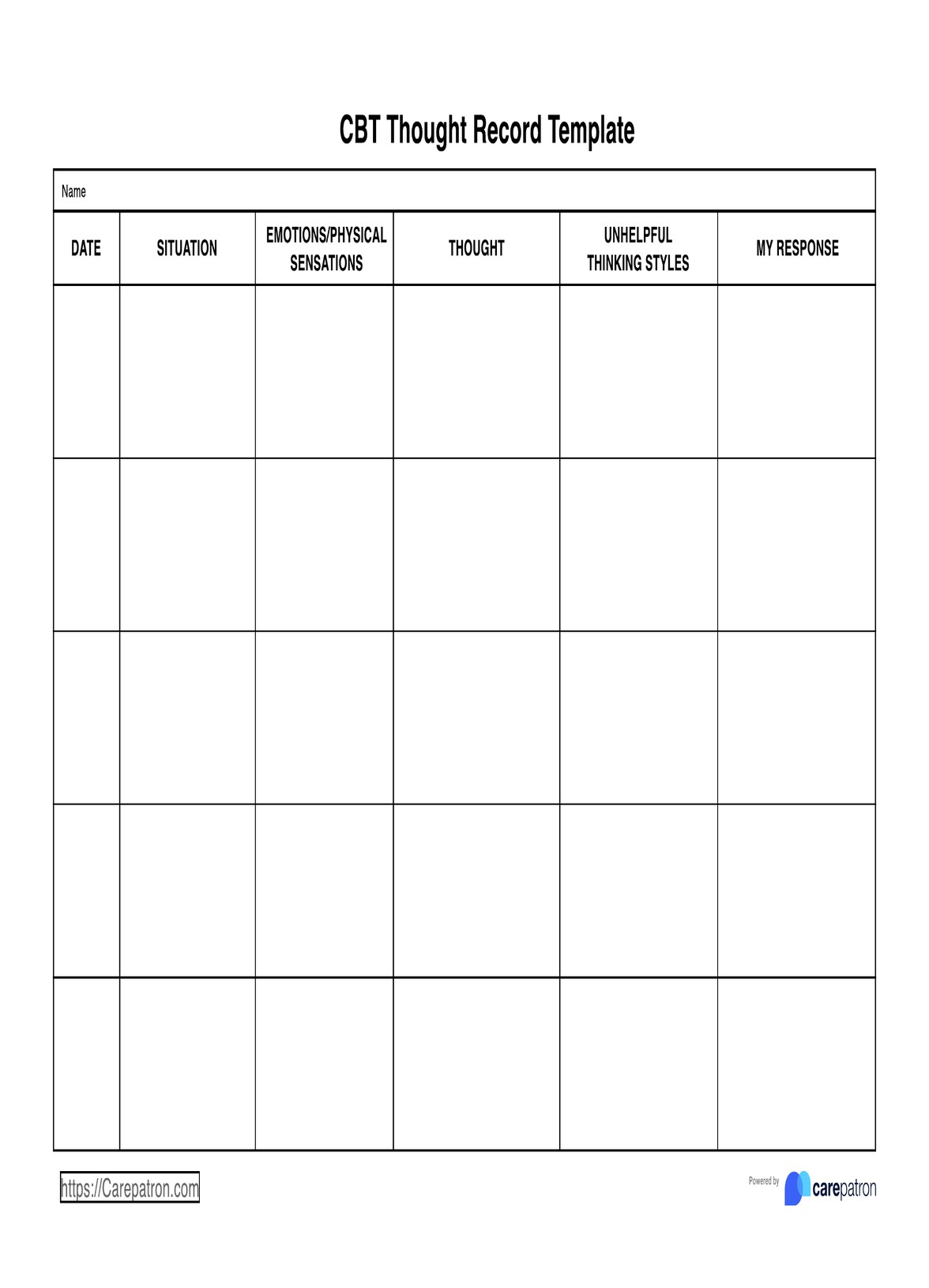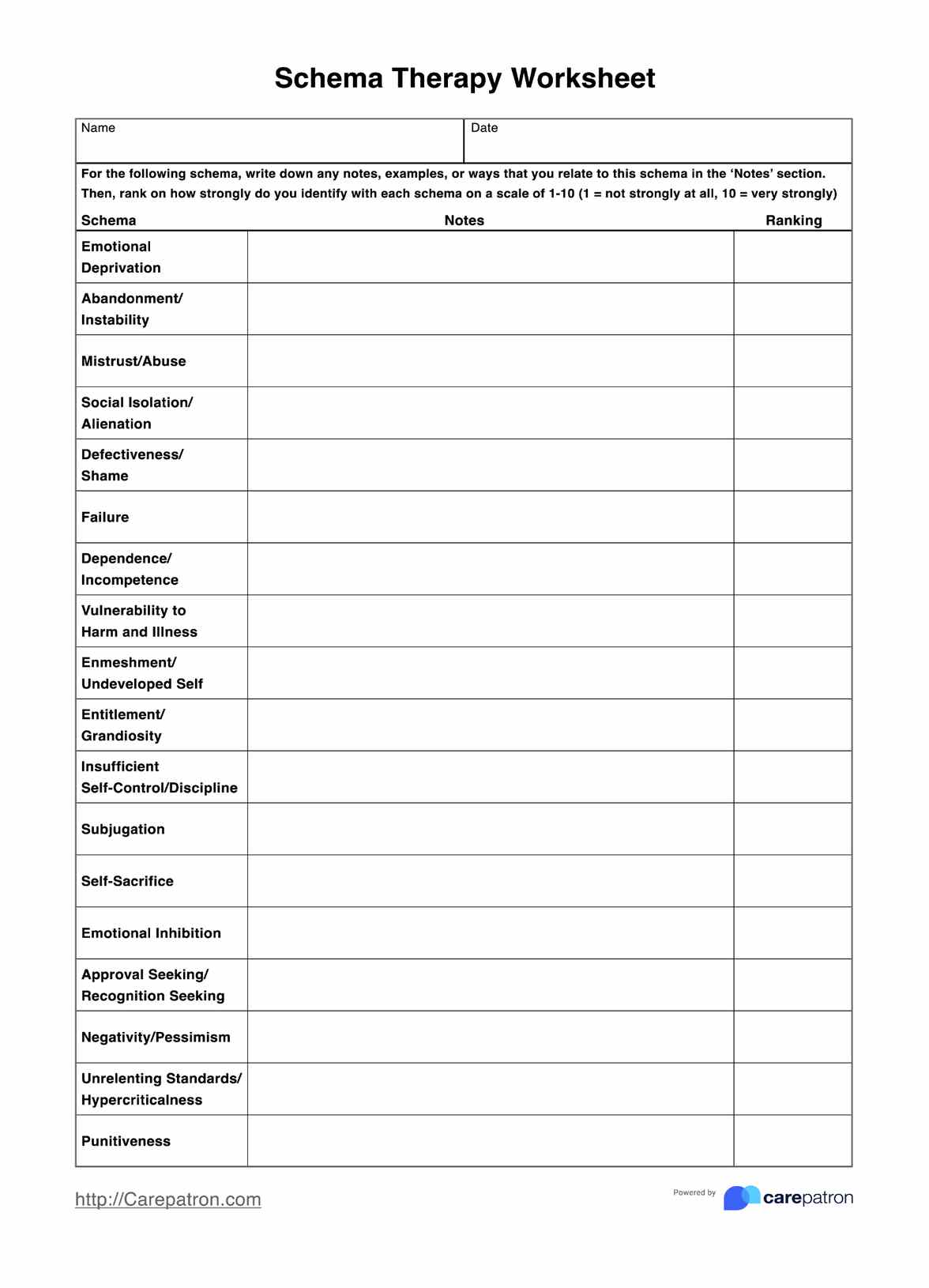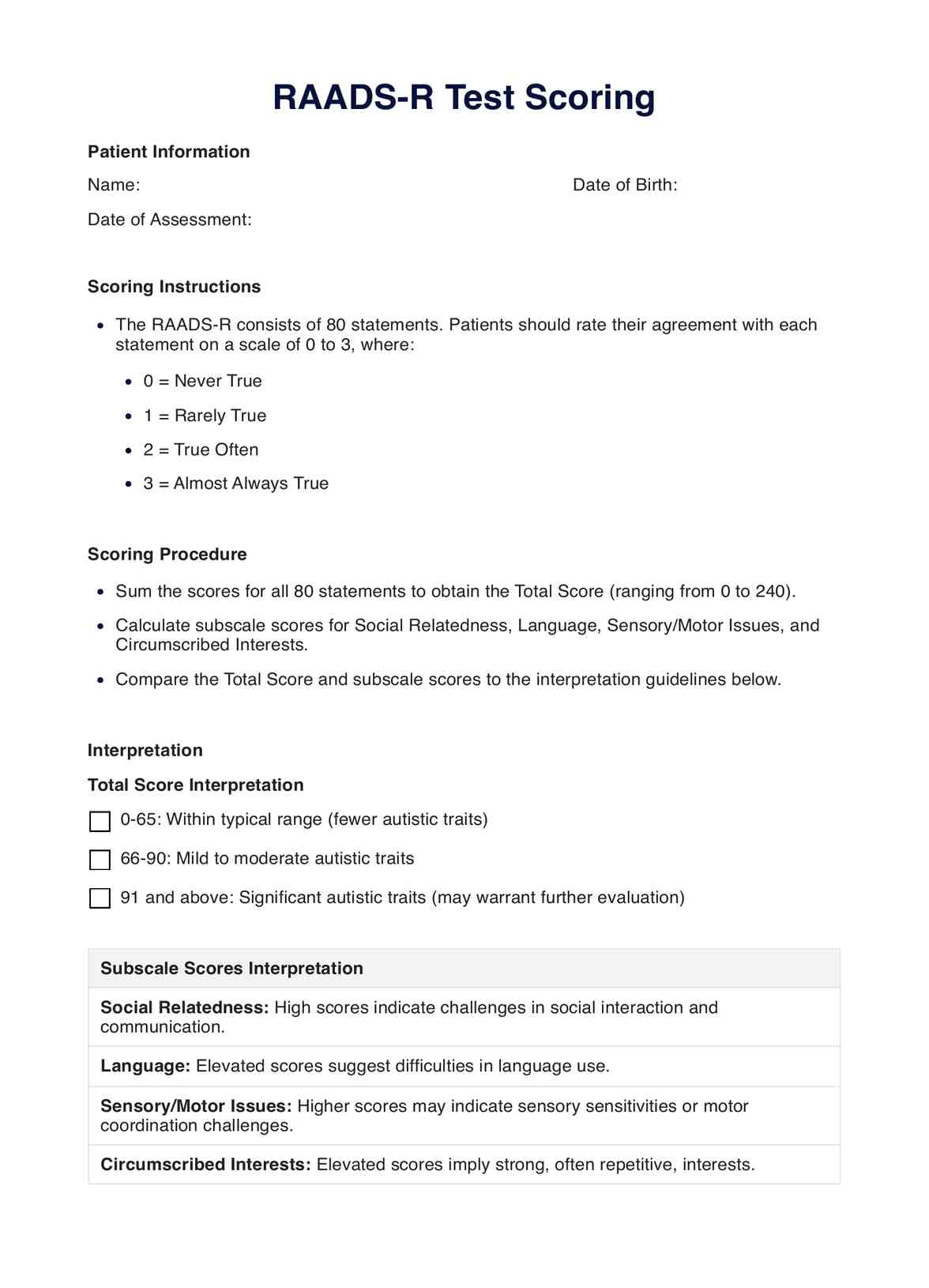Beck Hopelessness Scale
Learn how to use the nifty Beck Hopelessness Scale and use it for your practice when gauging your patient’s feeling of hopelessness.


What is the Beck Hopelessness Scale?
The Beck Hopelessness Scale was developed by Aaron T. Beck back in 1988. It was created to assess the feeling of hopelessness in people, specifically by looking at three major aspects of hopelessness:
- A person’s expectations regarding life
- Their feelings about the future
- And the loss of motivation
Hopelessness, or despair, is an extreme place for a person to be in, no matter the reason, and being unable to work through this might lead to terrible consequences, such as self-harm.
The Beck Hopelessness Scale can help psychologists and adjacent healthcare practitioners develop care plans that might restore their patients to states where they look forward to things, especially living.
Beck Hopelessness Scale Template
Beck Hopelessness Scale Example
How to use the Beck Hopelessness Scale?
Have your patient answer the scale.
The Beck Hopelessness Scale comes in the form of a twenty-item questionnaire. The twenty items are:
- I look forward to the future with hope and enthusiasm
- I might as well give up because I can’t make things better for myself
- When things are going badly, I am helped by knowing they can’t stay that way forever
- I can’t imagine what my life would be like in 10 years
- I have enough time to accomplish the things I most want to do
- In the future, I expect to succeed in what concerns me most
- My future seems dark to me
- I expect to get more good things in life than the average person
- I just don’t get the breaks, and there’s no reason to believe I will in the future
- My past experiences have prepared me well for the future
- All I can see ahead of me is unpleasantness rather than pleasantness
- I don’t expect to get what I really want
- When I look ahead to the future, I expect I will be happier than I am now
- Things just won’t work out the way I want them to
- I have great faith in the future
- I never get what I want so it’s foolish to want anything
- It is very unlikely that I will get any real satisfaction in the future
- The future seems vague and uncertain to me
- I can look forward to more good times than bad times
- There’s no use in really trying to get something I want because I probably won’t get it
All they have to do is answer these with TRUE or FALSE, based on how they’ve felt the week prior.
Tally the score.
Once the patient gives you a fully-accomplished Beck Hopelessness Scale questionnaire, it’s time for you to tally the score.
Each answer will either score a 0 or 1. Here are the things you need to take note of:
- For items 1, 3, 5, 6, 8, 10, 13, 15, and 19, FALSE is equal to 1 point, TRUE equals 0 points
- For items 2, 4, 7, 9, 11, 12, 14, 16, 17, 18, and 20, TRUE is equal to 1 point, FALSE equals 0 points
Here are the score ranges and their designations:
- 0-3 = none or minimal
- 4-8 = mild
- 9-14 = moderate, which means they might not yet be in immediate danger, but they must be checked on frequently
- 15-20 = severe, so they need support ASAP
Develop a care plan.
If you’re going to create a care plan for your patient, then take into consideration the score range their total score falls under, as well as their answers. Their answers might be vital to determine what aspects of their life need improvement, and you can create your plan with those in mind.
Who can use the Beck Hopelessness Scale?
The following healthcare practitioners can use the Beck Hopelessness Scale for their respective practices:
- (Clinical) psychologists
- Psychiatrists
- Psychometricians
- (Mental health) therapists
- Counselors
Their clients will be engaging with the scale the most since they will look at themselves and see whether each item applies to them.
Why is this scale popular and useful for psychologists and adjacent practitioners?
It’s a simple assessment with clear designations.
The Beck Hopelessness Scale is simple to use to the point that the healthcare professional and the patient don’t need to worry about it.
Before answering, the patient will look at themselves based on the prompts and determine how they apply to their experiences over the past week.
As for the healthcare professional, there are score ranges and designations for their benefit, so they don’t have to wonder if a particular score means “mild” or “severe.”
It’ll help you make informed decisions as you make your treatment plan!
Given that there are score ranges and corresponding designations, there is a semblance of objectivity as to how severe the level of hopelessness your patient has. This should help you decide what goes into the treatment plan you’re going to make for your patient. You should also consider their answers as well.
You can reissue this scale for monitoring purposes!
The use of the Beck Hopelessness Scale doesn’t need to be a one-and-done thing. Working through hopelessness isn’t exactly going to be easy. It depends on the person. Some may find it a mountain to climb; others may view it as an expansive mountain range to trek through.
This means that working through hopelessness doesn’t happen overnight, so it might be best to check if your client is progressing, all the more if they get a moderate or severe designation based on their score. Simply reissue this to them. The same rules apply the second time around and onward.

What are the benefits of using the Beck Hopelessness Scale?
It might inspire clients to work through their hopelessness.
Of course, it might be a long shot depending on the person, but what the scale does is that it least gives them time to reflect on themselves before picking TRUE or FALSE. Doing so will make them aware or remind them of what they are feeling and where their feelings of hopelessness stem from.
It’s not guaranteed that they will feel inspired to power through them while they answer the scale, but being aware is half the battle. They will at least know what aspects of their life need focus. Perhaps they will find out where they need to start to improve.
It can determine if a treatment plan is working or not.
We mentioned earlier that reissuing this is a good way to check on your patient, especially if they had a moderate or severe score. Aside from checking up on your patient, reissuing this is also a good way to see if your treatment plan has been working. If it isn’t, you’ll have the opportunity to tweak it and see if it works the next time.
Commonly asked questions
As soon as possible. Hopelessness (despair) is an extreme feeling in its own right, so it’s best to issue this to your patient to gauge the level of their feeling of hopelessness. This is so you can come up with a treatment plan as soon as possible.
That depends on you and the score designation that the patient’s accomplished scales fall under. If they get a moderate or severe designation, checking up on them every week or two would be great. Just make sure to remember and make it clear that the patient has to rate themselves based on the week prior to answering the scale.
Through the use of score ranges and designations, the Beck Hopelessness Scales gives a semblance of objectivity. These were meant to give you something to work with when assessing the level of your patient’s feeling of hopelessness, as well as to direct how you’re going to go about their treatment plan, like determining what goes into it and what it focuses on.


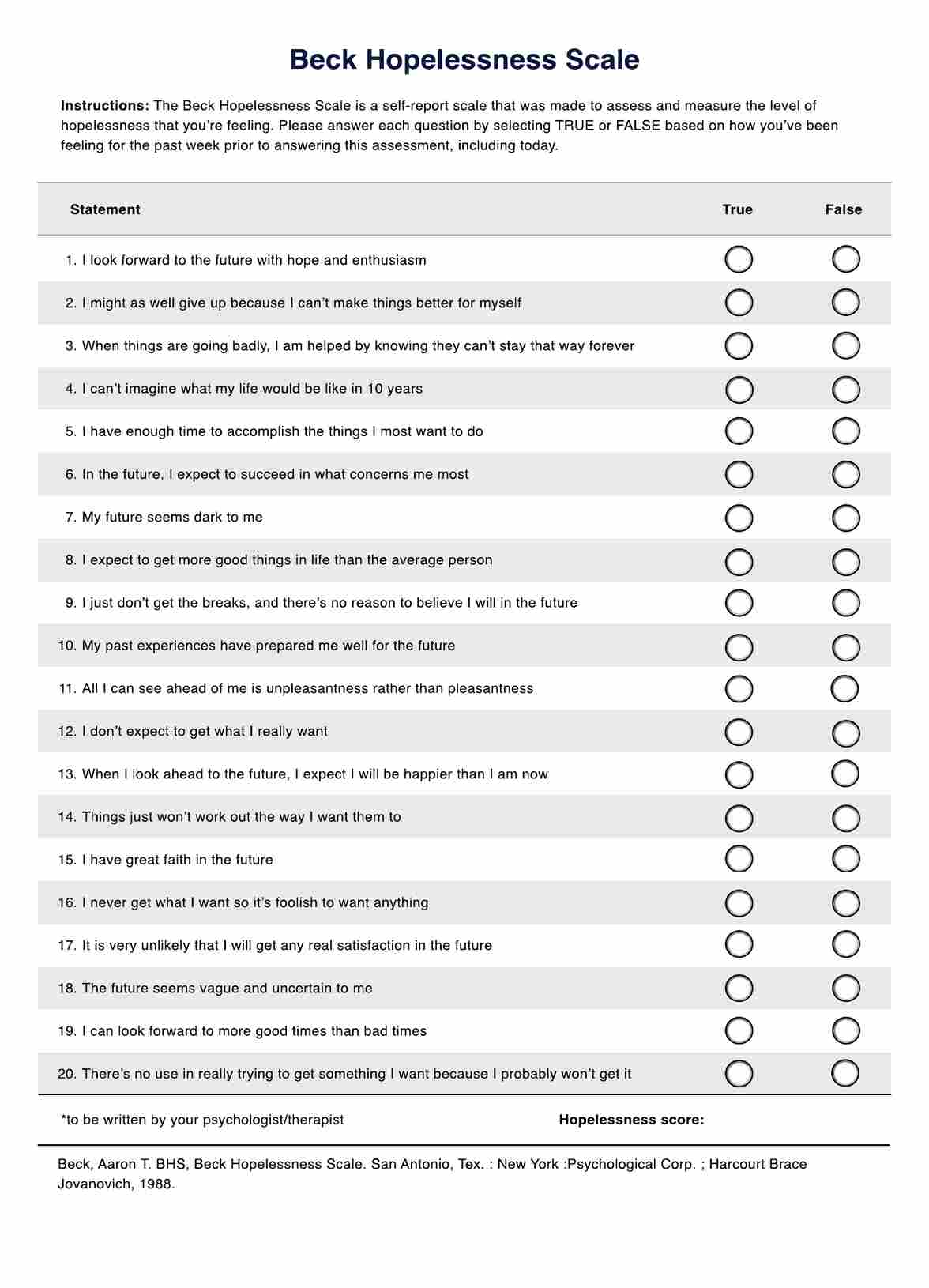
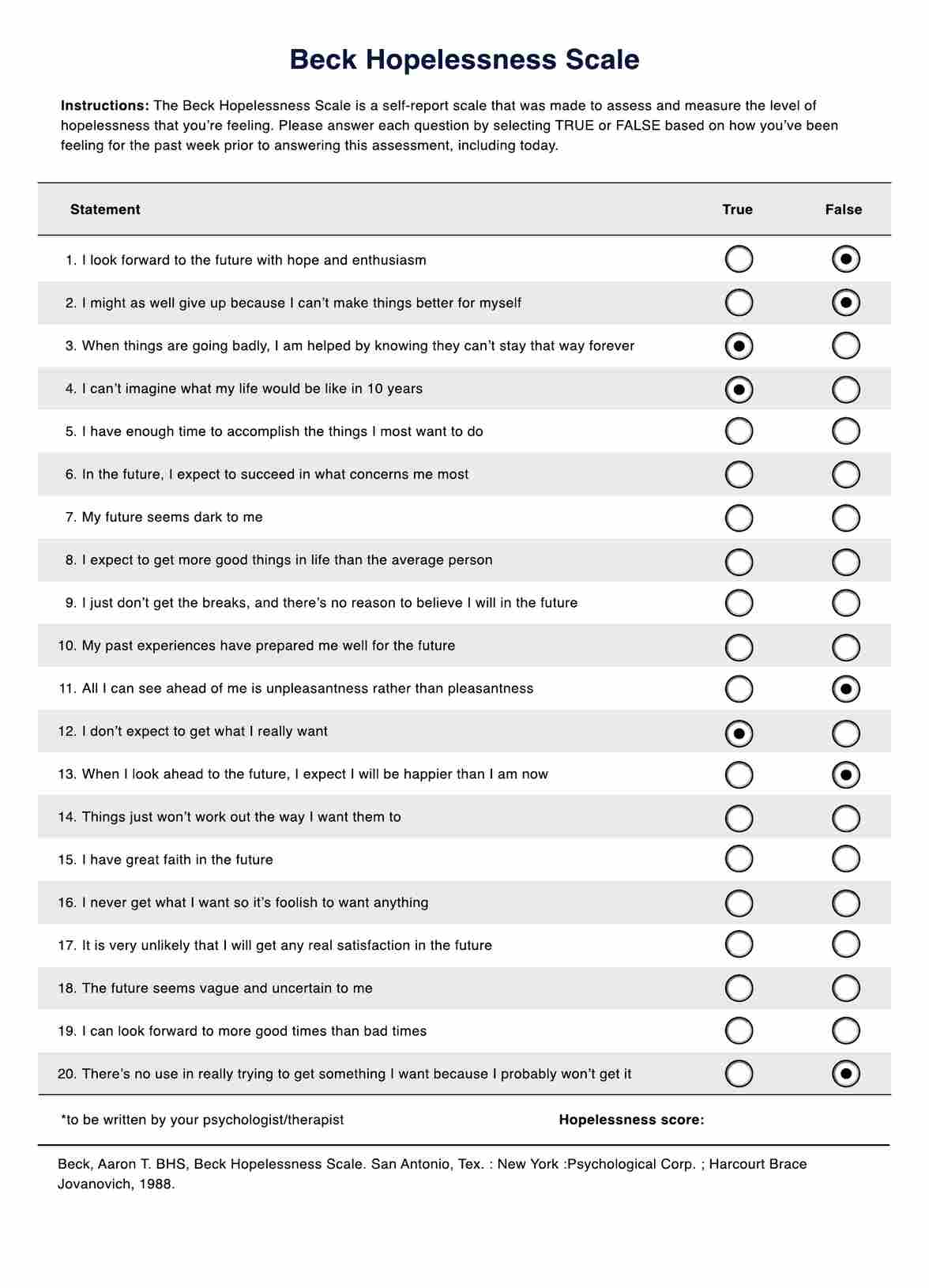













-template.jpg)























































































